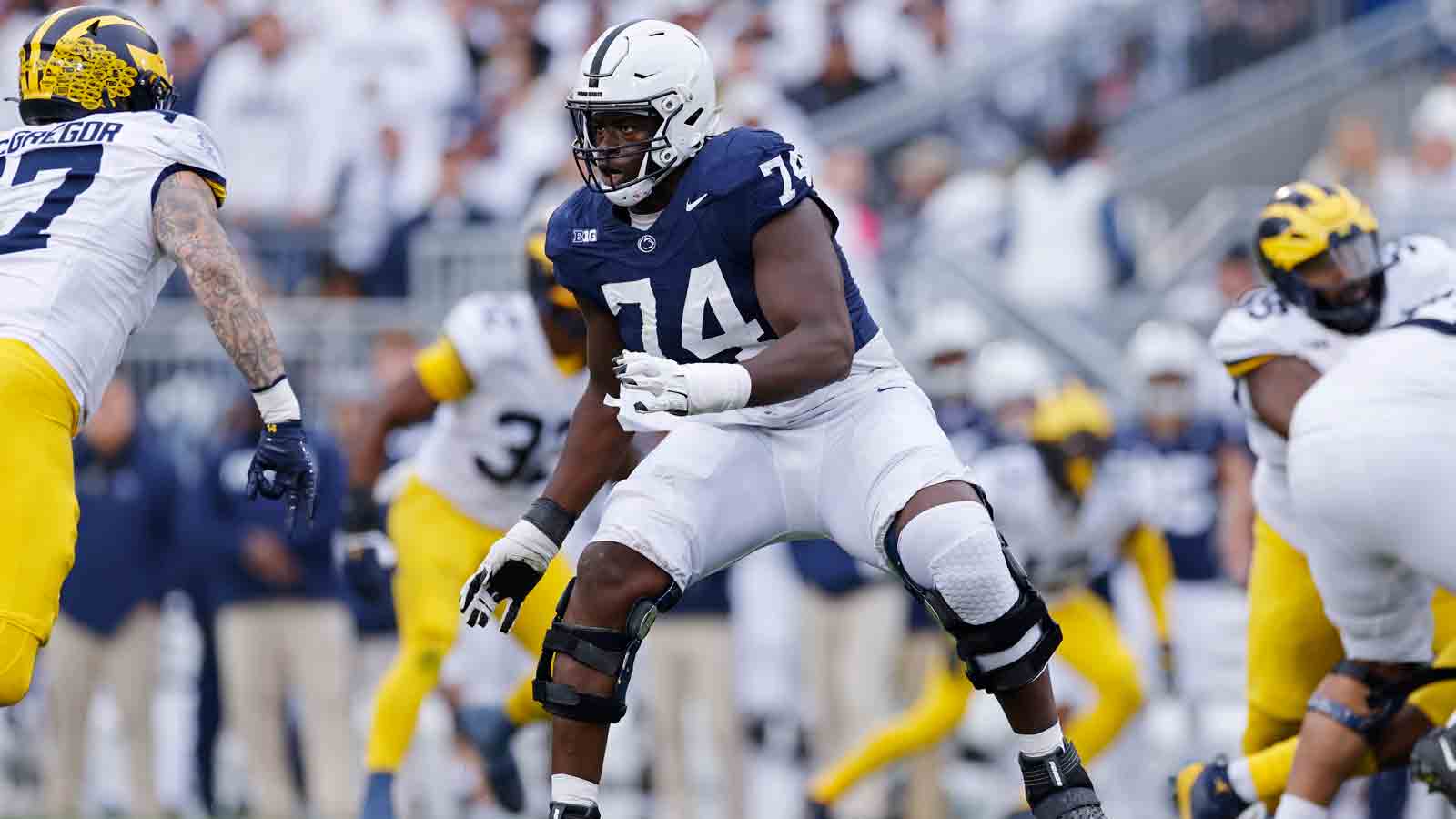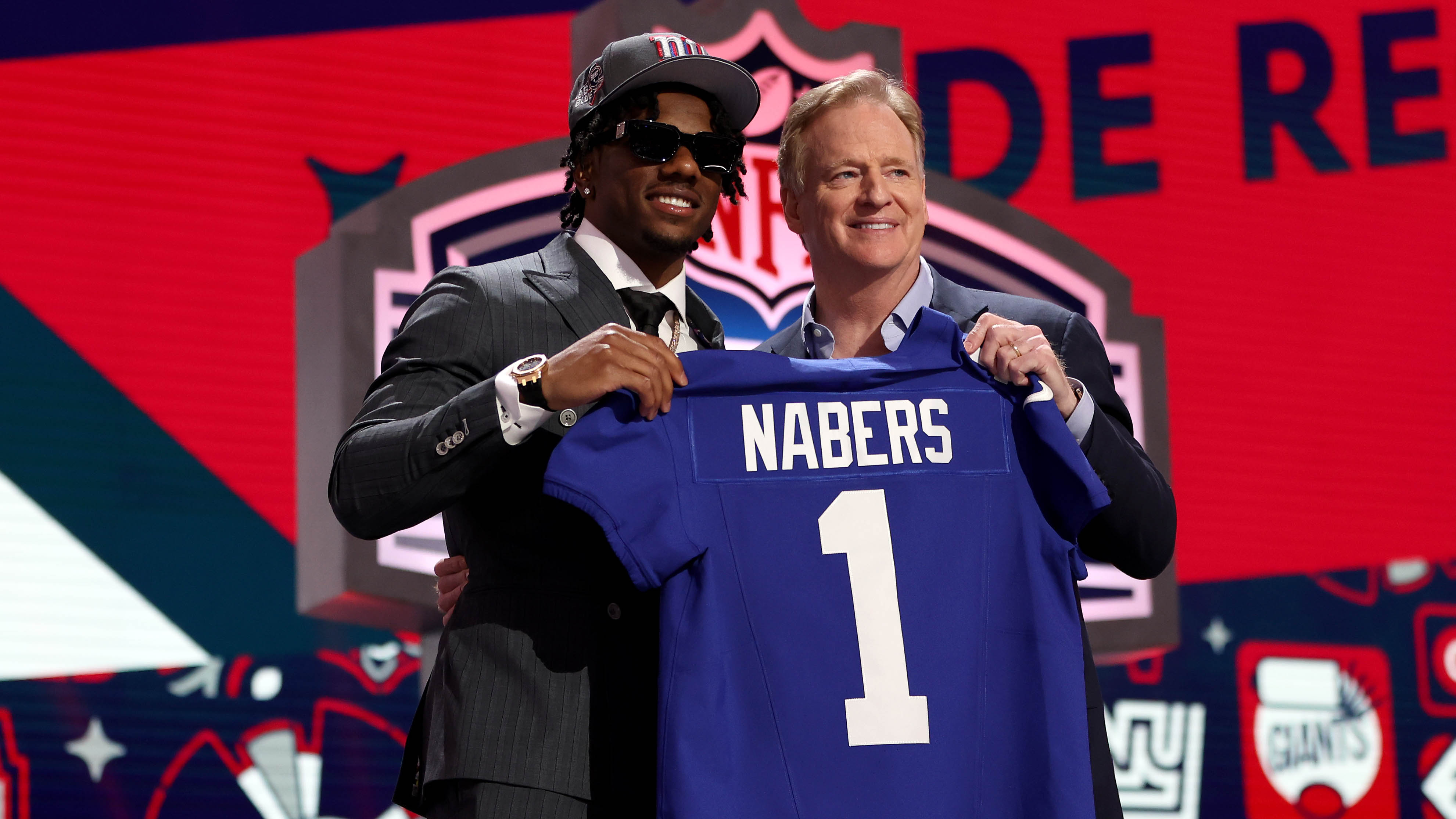What to Know
- Karl Aarseth got off the LIRR train at the Lynbrook stop around 8 p.m. April 5; he contacted the side of it, then was dragged and killed
- The NTSB says the probable cause of the accident was his failure to realize the train was moving; video showed him reach out to touch it
- Investigators also said Aarseth's blood alcohol content was 0.23 at the time, nearly triple the legal limit
The death of a 65-year-old man who was dragged by a Long Island Rail Road train when he stepped off it onto the platform after a trip to the New York International Auto Show in April was likely caused by his actions, not those of the railroad, officials said Tuesday.
Karl Aarseth got off the LIRR train at the Lynbrook stop around 8 p.m. April 5; he "contacted" the side of the train and was dragged and killed by it as it left the station. It was dark at the time.
Investigators from the National Transportation Safety Board and the MTA police department reviewed video footage of the accident and determined two key factors that likely caused it.
First, Aarseth didn't realize the train was moving as he walked on the station platform, according to the accident report released Tuesday. That was listed as the probable cause. A contributing factor, the NTSB said, was the high level of alcohol in Aarseth's blood at the time. His blood alcohol content was 0.23, nearly triple the legal limit of 0.08.
According to video platform recordings and crew interviews, immediately before the train doors closed and departed the station, the conductor was in the third car of the train looking out of the window and the assistant conductor was on the station platform near the seventh car, the NTSB says.
The assistant conductor signaled to the conductor with a flashlight that all passengers were clear of the train prior to the train departing. The conductor acknowledged the signal, closed the train doors, and signaled the engineer to depart the station. After the train began moving, the conductor said that he saw a person move toward it, about halfway down the platform. The conductor said that the person made contact with the fifth or sixth car of the train and either held onto or was dragged along the platform by the train.
The conductor immediately called the engineer over the intercom and told him to stop the train; the conductor also signaled the engineer to stop the train. After the train stopped, the conductor and assistant conductor got off the train and found Aarseth dead.
Local
NTSB's review of the videos supported the conductor's contention. Federal officials say the footage showed Aarseth reaching out to touch the moving train, then leaning into it.
Weeks after Aarseth's death, his best friend sued the LIRR for $10 million, alleging the gap between station platforms and trains killed his friend and that evidenced the railroad's negligence.
The LIRR told Newsday at the time it did not comment on pending litigation. The status of that civil suit wasn't immediately clear Tuesday.



